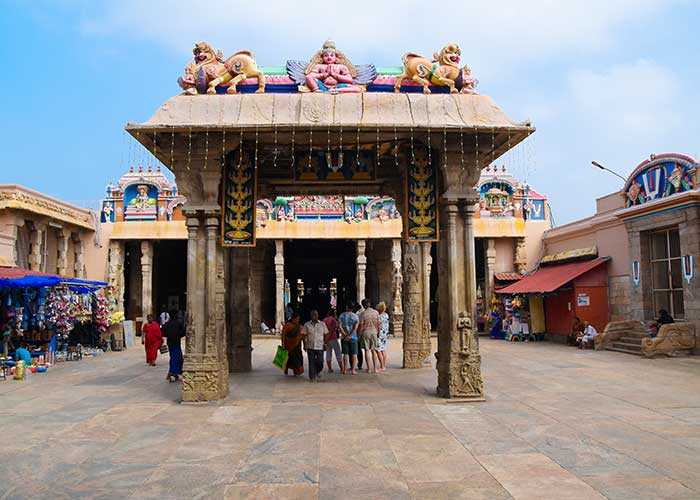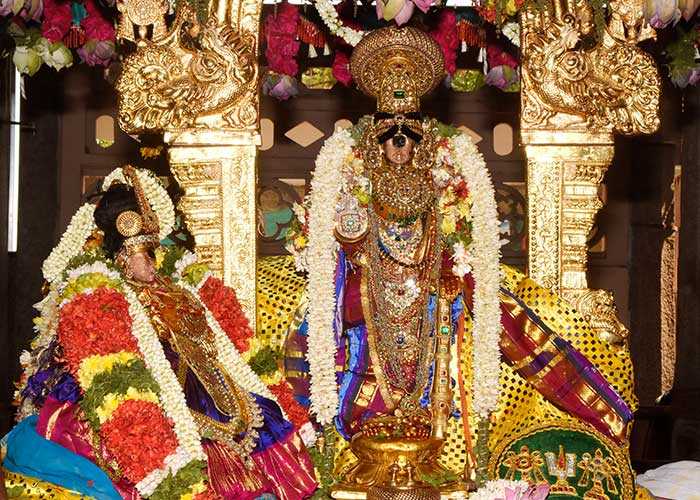Published 09:00 IST, January 20th 2024
Prime Minister Modi will visit the Sri Ranganathaswamy Temple in Srirangam, which is renowned for being the largest functioning Hindu temple in the world.
Advertisement
Two days before the Ayodhya Ram Mandir pran pratishtha, Prime Minister Narendra Modi is visiting the Sri Ranganathaswamy Temple, a Hindu shrine dedicated to Ranganatha, a form of Vishnu, located in Srirangam, Tiruchirapalli, Tamil Nadu. Constructed in the Dravidian architectural style, the temple is glorified by Alvars in their Naalayira Divya Prabhandam and has the unique distinction of being the foremost among the 108 Divya Desams dedicated to the god Vishnu. The PM will also listen to scholars reciting verses from the Kamba Ramayanam after offering his prayers.

History of the Temple
According to ancient texts that mention the temple, Brahma performed penance during the period of Samudra Manthana, from which Srirangam Vimanam was born. It remained in Satyaloka for a long time and was brought to Ayodhya by King Ikshvaku. Rama (Perumal), an incarnation of Vishnu (Perumam), after killing the evil demon Ravana, gave him to King Vibhishana. When Vibhishana was passing through Tiruchi, Vimanam did not want to leave the island. So, he gave the Vimanam to a local king named Dharmavarma. He consecrated the Vimanam to face the south direction forever. Therefore, the deity worshipped at this temple faces south and aligns His body on the east-west axis, in a reclining position.
Advertisement
The largest functioning Hindu temple in the world
It is the most famous Vaishnava temple in South India. Beyond its ancient written history, archaeological evidence such as inscriptions point to this temple, and these stone inscriptions date to the end of the 100th century BC. It is one of the oldest surviving temple complexes in South India. The deity is mentioned in the Sanskrit epic Ramayana, which dates its origins to around 800-400 BC, and the temple is archaeologically at least 2,500-3,000 years old.

The temple played an important role in the history of Vaishnavism starting with the life of Ramanuja and his predecessors Natamuni and Yamunacharya at Srirangam in the 11th century. Situated on an island between the Kollidam and Kaveri rivers, it was vulnerable to floods and severe weather by invading forces, who repeatedly occupied the site The temple was plundered and destroyed by the armies of the Delhi Sultanate, who conducted extensive raids on various cities of the Pandyan kingdom in the early 14th century. The temple was rebuilt in the late 14th century and expanded during the 16th and 17th centuries with fortification and the construction of more gopurams. It was one of the early centers of the Bhakti movement with a tradition of pious song and dance.
Advertisement
The Temple is the largest temple complex in India and one of the largest religious sites in the world. Some of these structures have been renovated, expanded, and rebuilt as living temples over the centuries. The most recent addition is the outer gopuram, which was completed in 1987.
09:00 IST, January 20th 2024